Watch video about this story
Children’s interest in science is falling, which is raising concerns of insufficient human resources for taking on roles in the fields of science and technology in the future. Fortunately, at Hitachi there are those who work to address this issue by supporting science education and communicating to children the fun and interest of science.
Amiko Nihei of Hitachi High-Tech Corporation is responsible for the "Outreach Class" program, which seeks to stimulate the interest of children in science by bringing an electron microscope to elementary and secondary school classrooms. Through this program, children can experience the micro-world by observing insects, plants, and other organisms.
Amiko says that she wants children to have opportunities to expand their world through exposure to science. Before finally arriving at Hitachi High-Tech, Amiko has enjoyed a diverse career. We interviewed her to take a closer look at her life up to now and see how she became involved in supporting education.
Amiko says that she has been interested in science since childhood. She was the type of child who, when her parents bought her a wristwatch, would disassemble it and put it back together again. In her elementary school yearbook, she wrote that her dream for the future was "to become a science teacher." This was the beginning of her budding interest in communicating the interest and fun of science.
"In my graduation album, I drew a picture of myself in a white lab coat and holding a test tube. Rather than wanting to actually be a science teacher, I wanted to expand my world through the enjoyment of science experiments and to find a job that would let me share this enjoyment."
While majoring in chemistry at university, she devoted herself to researching archeological relics using analytical instruments. Her husband Makoto, who she met at the Shaolin Temple Kenpo (modern Japanese martial art based on Shaolin kung fu) club, describes Amiko at that time: "She always knows for sure what she wants to do. She has always been full of curiosity, such as in her student days when she went to Turkey to participate in archeological excavations; and even now, her ability to concentrate while absorbed in something is solidly intact."
Following her graduation from university, she continued to analyze archeological artifacts at the National Research Institute of Cultural Heritage. She then left that job to work at a company that manufactured analytical instruments. There, she worked in technology sales and research and development. However, she said that, after a while, a certain question began to occur to her.
"As I acquired a direct understanding of the usefulness of new instruments and technologies, I realized that we need talent capable of communicating in an easy-to-understand manner the scientific principles and functions of these devices and what they are useful for. I therefore decided to reset my career and jump head-first into the world of science communication."
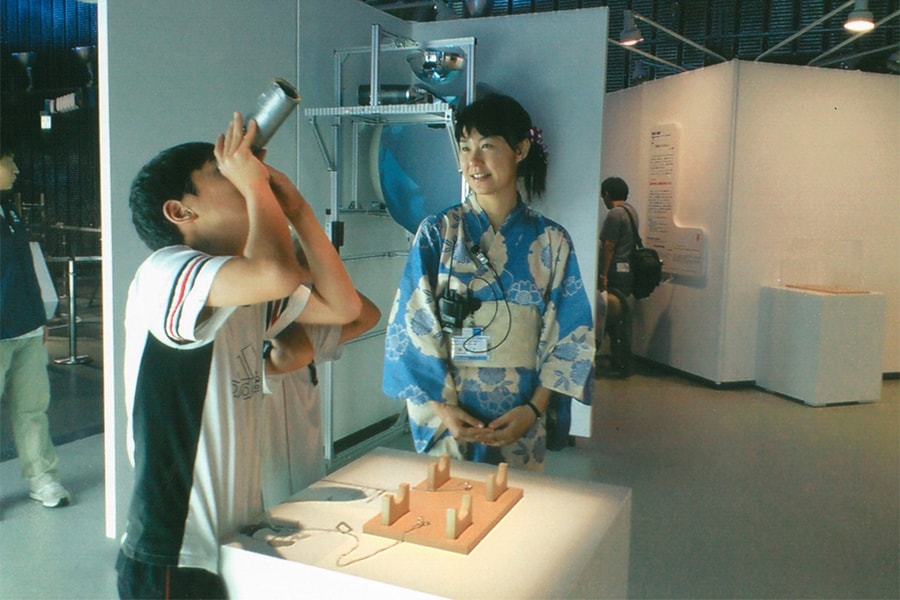
Amiko communicating with visitors at the National Museum of Emerging Science and Innovation
To serve as a space for putting science communication into practice, Amiko chose the National Museum of Emerging Science and Innovation, which is situated in Odaiba, a high-tech entertainment hub located in Tokyo. In addition to planning and operating events at this facility for teaching visitors about cutting-edge science, Amiko also wrote and edited articles that were published on the facility’s website. Eventually after that, as she started a family, her days were taken up by work and childcare.
Amiko continued to find various ways for putting science communication into practice. It was a journey that epitomized career diversity. Among her endeavors, she joined the Cabinet Office's Food Safety Commission and the Nuclear Safety Research Association, where she helped provide information on food and radioactive material safety, and she also became a medical writer helping to spread medical information.
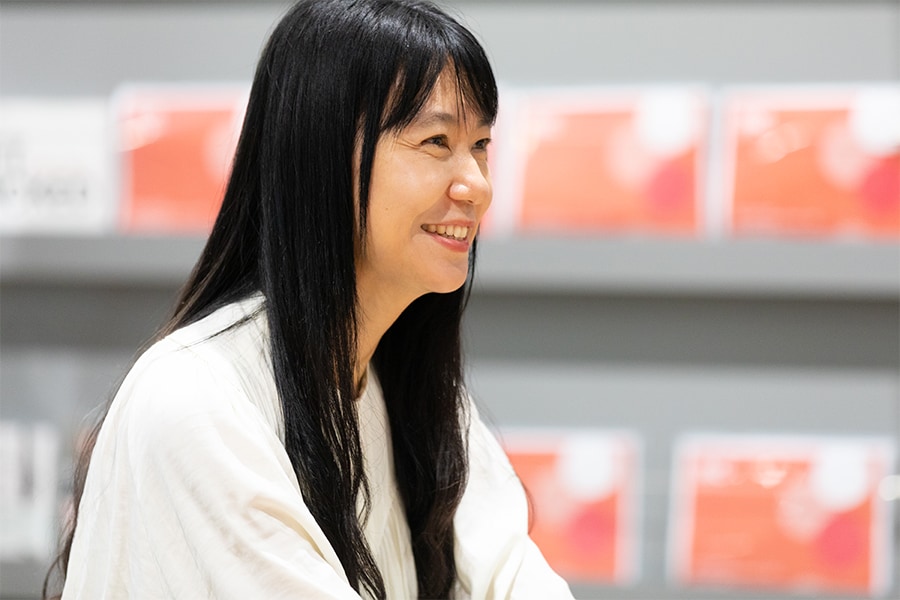
"I believe women do not need to give up their careers," says Amiko
However, during these busy days, her son, who had just started elementary school, tossed out some words to her that brought her back to the original goal of wanting to communicate the fun and interest of science. As she explains:
"While I strongly felt that medical writing is an important role and something that I should continue, I also wanted to work in the field of science education. So when my son came up to me and asked ‘Mom, you chose your job because you liked it, right?’, it felt as if a thunderbolt had hit me."
After career-building in various fields, Amiko joined Hitachi High-Tech in 2020. Here, she finally became involved in science education—the dream job of her youth.
Ms. Reiko Oba, a colleague at the National Museum of Emerging Science and Innovation, spoke highly of Amiko, saying that "The museum's slogan at that time was 'Open Your Eyes to Science, See a Whole New World.' Amiko was someone who took action based on believing just that. Because she was always calm, collected, an intellectual, and had an ability to attract people, I knew she would be ideal for supporting the science education of children."
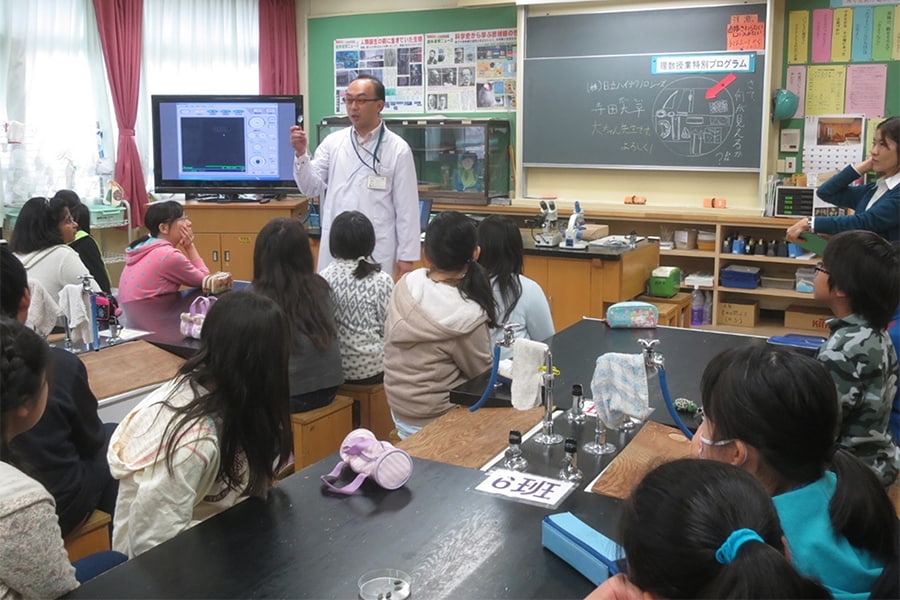
Hitachi High-Tech's Outreach Class program in action (Photo taken in 2016)
To tackle the loss of interest in science amongst the younger generation, Hitachi High-Tech has been carrying out its Outreach Class program since 2005 as part of its education support activities. In this program, a desktop electron microscope is brought into elementary and secondary school classrooms to create an opportunity for children to experience the microscopic world.
However, as the COVID-19 pandemic began to spread, these school visits had to be suspended. This was just when Amiko became part of the Hitachi High-Tech team.
"The challenge that I faced when I started working for the company was how to deploy the Outreach Class program during this pandemic. To be sure, it was a formidable challenge, but I had no intention of giving up."
Amiko immediately turned her attention to “ExTOPE”, a technology developed by Hitachi High-Tech in 2017 for analyzing data obtained from electron microscopes and other devices on the cloud. The idea was to try to enable children to remotely operate with their own hands an electron microscope that is connected to the internet.
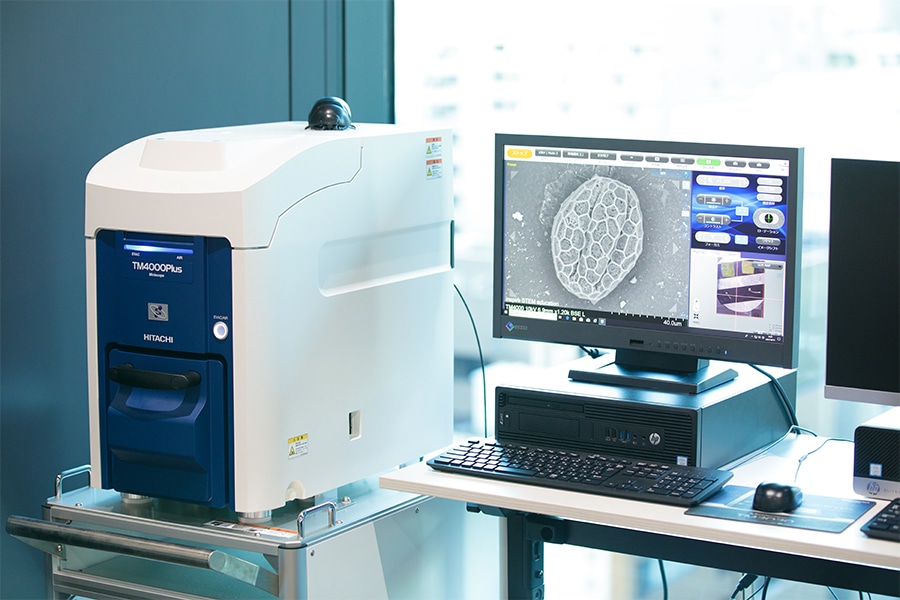
Hitachi High-Tech's desktop electron microscope used in the Outreach Class
However, in order to carry out the Outreach Class program in a remote environment, schools must first install an online conference system. This posed considerable difficulties for local schools without an adequate IT environment.
"We had schools whose lines would overload when all the children were using the internet at the same time, as well as schools where several children shared a single computer. We therefore take the time to carefully explain to each school how the online Outreach Class program will work, gaining their understanding and carrying out rehearsals before we finally carry out a live lesson."
This process has led to the ability to conduct the program in previously inaccessible remote environments, and even be deployed abroad.
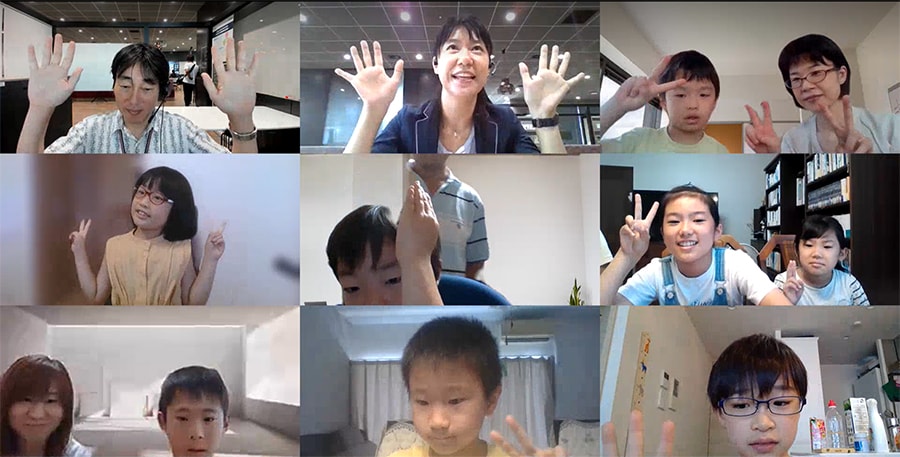
Outreach Classes are now being conducted remotely
Describing her own impressions, Amiko said that "Children are naturally bursting with interest and curiosity, so if you get a moment when you sense that you have knocked on the door of their curiosity, that’s when I feel confident that it's working."
One of Amiko’s colleagues, Atsushi Hama, says of her that "When conducting a classroom visit, she is truly good at speaking to and directing children’s attention. The majority of members of the science education support activities team are men, but since Amiko joined, she has an almost motherly calming effect on us whenever discussions become too heated. She brought to the team a breath of fresh air."
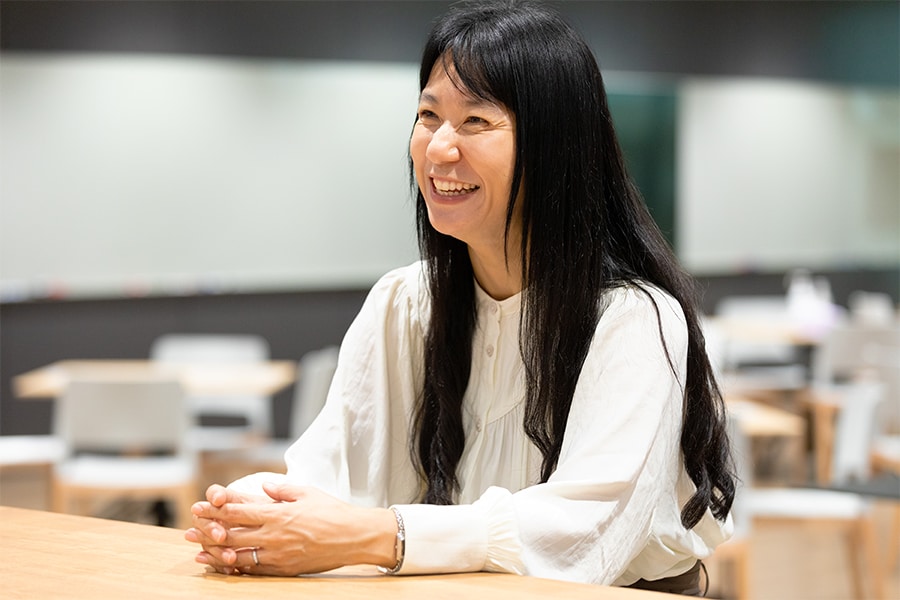
“I think the percentage of women with careers in science is still quite low”
Amiko says that the appeal of science lies not only in deepening one's understanding of things and satisfying one's intellectual curiosity but also in expanding one's world. With this in mind, she intends to continue communicating the appeal of science to as many children as possible.
"Today's society abounds with concerns for serious issues such as climate change. To survive in such a complicated society will require not only simply accepting science and technology but also having the ability to figure out how to apply these to our daily lives. In this respect, science enables us to cultivate ways of thinking that enable us to discover new issues, correctly determine causation, find solutions, and take action. The experience of being exposed to the microscopic world through an electron microscope is a great chance for this. It is my hope that such an experience will become an opportunity to develop the capacity to engage in such ways of thinking."
Amiko's work has only just begun. She will continue to knock at children’s door of curiosity and to communicate the fun and interest of science.